The Titanic famously sank on the 14th of April 1912 in the North Atlantic Ocean after colliding with an iceberg. RMS Titanic was the biggest and most luxurious ship of the time and was thought to be unsinkable!
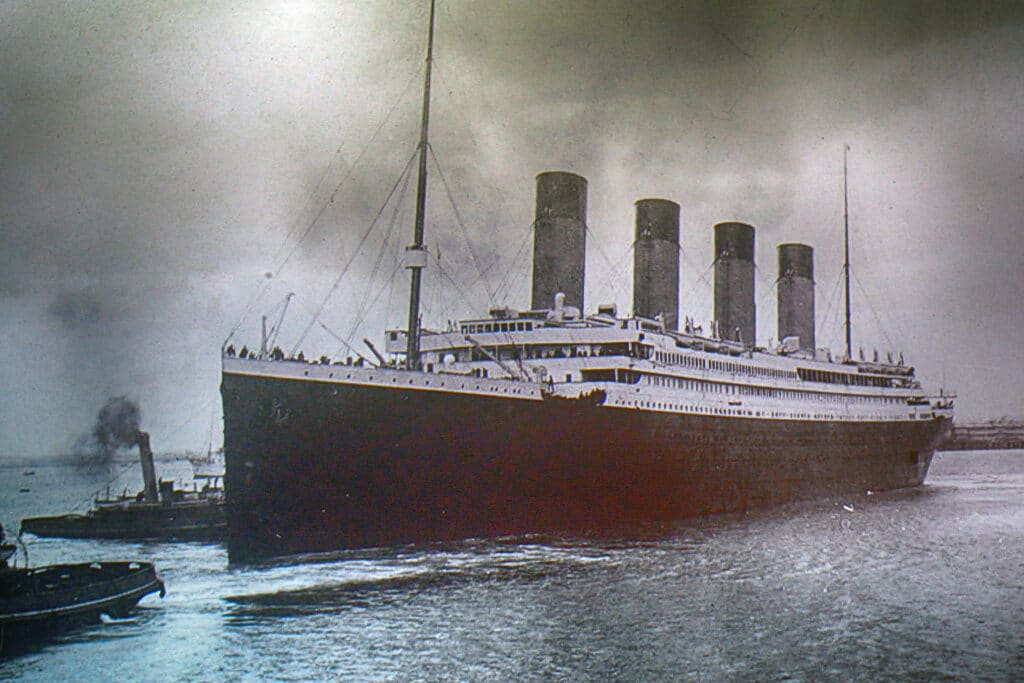
This activity models how an iceberg sits in the ocean and explains one of the reasons why the iceberg that collided with the Titanic wasn't spotted until it was too late!
What is an iceberg?
Icebergs are large pieces of ice that break off from glaciers. Most of an iceberg sits below the surface of the water. Around 10% is above. Because so much of an iceberg is hidden from view, they are dangerous to ships.
Very little damage was done to the upper levels of the Titanic, but below the waterline was a different story.
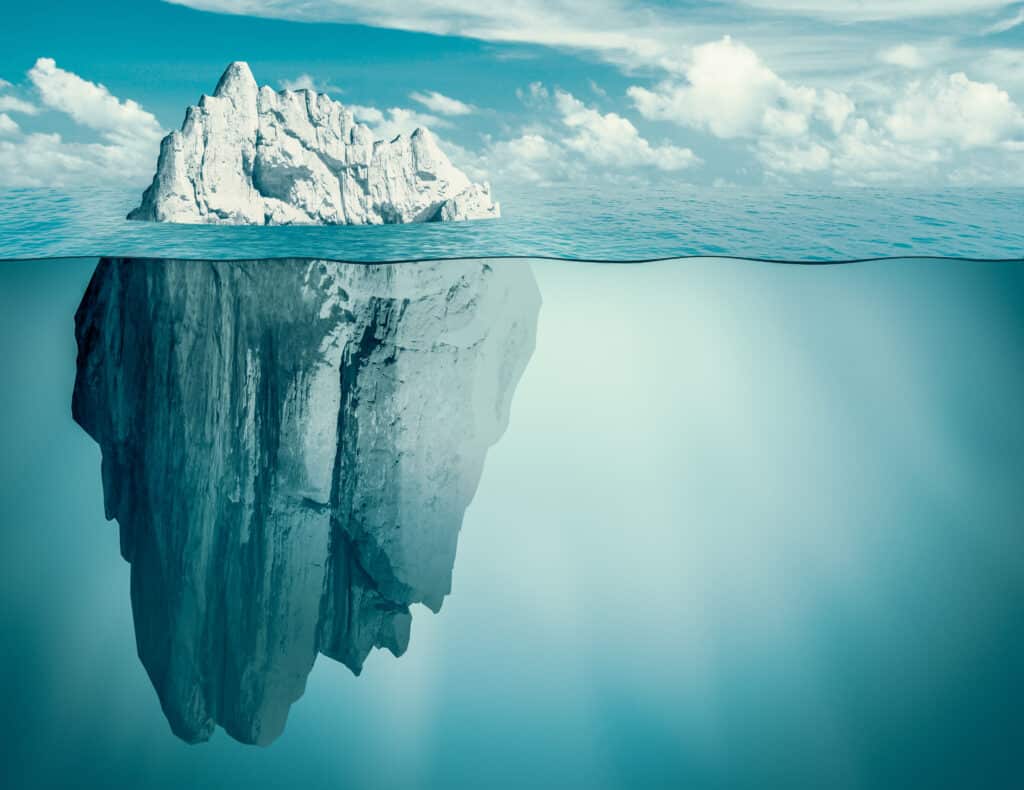
These days, GPS and satellites track icebergs, so another tragedy like the Titanic is unlikely.
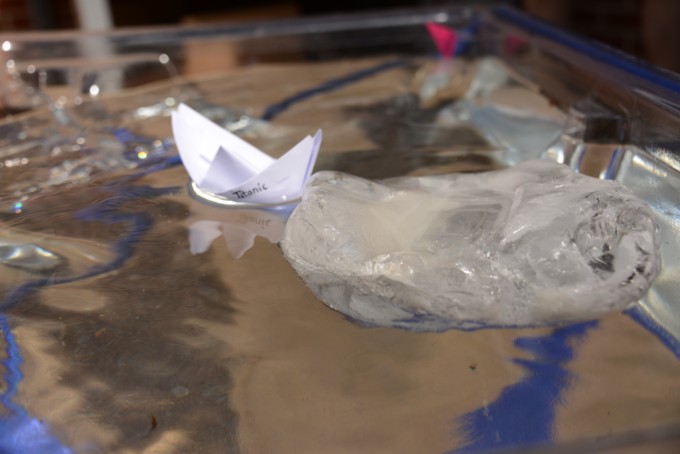
Materials
Balloon
Water
Ruler
Water filled container
Instructions
Fill a balloon with water, fasten the end and leave it in a freezer until frozen.
Once frozen, carefully cut away the balloon and discard it.
Place the iceberg into your container of water.
Measure how much of the iceberg is above and below the water.
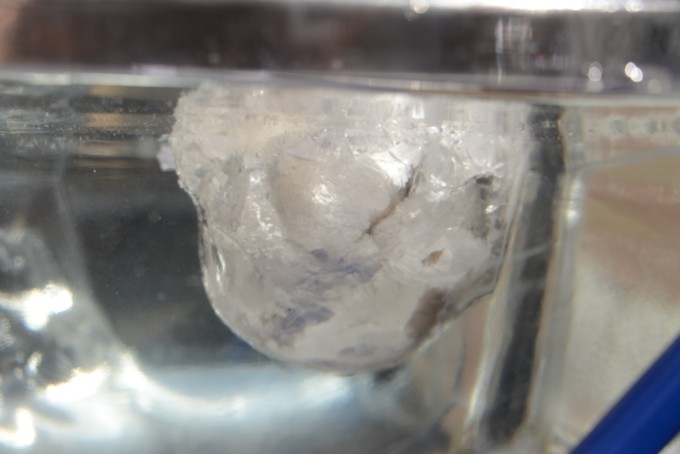
Why does this happen?
Did you know around 90% of an iceberg is underwater? Is this the same for your iceberg?
So much of an iceberg is underwater because water expands as it freezes, meaning the ice is less dense than the surrounding water. This allows it to float.
Because it is salty, seawater is denser than freshwater, meaning ice floats slightly higher in seawater than in our experiment.
Extension tasks
How can you work out how much water is displaced by the balloon?
The iceberg that hit the Titanic was formed from fresh water, but what do you think would be different if you made your iceberg using salty water?
Facts about the Titanic
In the early 1900s, crossing the Atlantic on an ocean liner was the pinnacle of luxurious travel.
The top speed of the Titanic was only 4 knots.
Three huge steam propellers powered the Titanic at the back of the ship. Twenty-nine boilers were needed to keep the engines running. Crew members had to constantly feed the engines with coal to keep them going.
At the time, there were only two main liner operators. White Star Line, who owned the Titanic and Cunard.
The Titanic was the first ship to transmit the SOS morse code signal.
The Titanic sank on its maiden voyage.
There were six lookouts on the Titanic whose job was to look out for icebergs from the crow's nest. If an iceberg were seen, the lookout on duty would ring a warning bell. When the bell rang, the crew on the bridge tried to change direction, causing the Titanic to hit the iceberg side on.
The Titanic had a safety system featuring 16 watertight compartments. It was thought the ship would stay afloat even if four compartments were filled with water. Unfortunately, the iceberg damaged five compartments.
The iceberg massively damaged the underside of the ship.
When an iceberg breaks off from a glacier, it is called calving.
The Titanic was designed by Thomas Andrews, who didn't survive the maiden voyage of the Titanic but did help many passengers into lifeboats.
There were not enough lifeboats for all the passengers, and some were launched before being full in the confusion.
A ship called the Carpathia responded to distress signals sent from the Titanic and saved over 700 people.
Ice Patrol
The International Ice Patrol was founded in 1914 to monitor icebergs and ice and the Atlantic and send the data to ships in the area. Since the IPPs formation, there have been no other iceberg disasters.
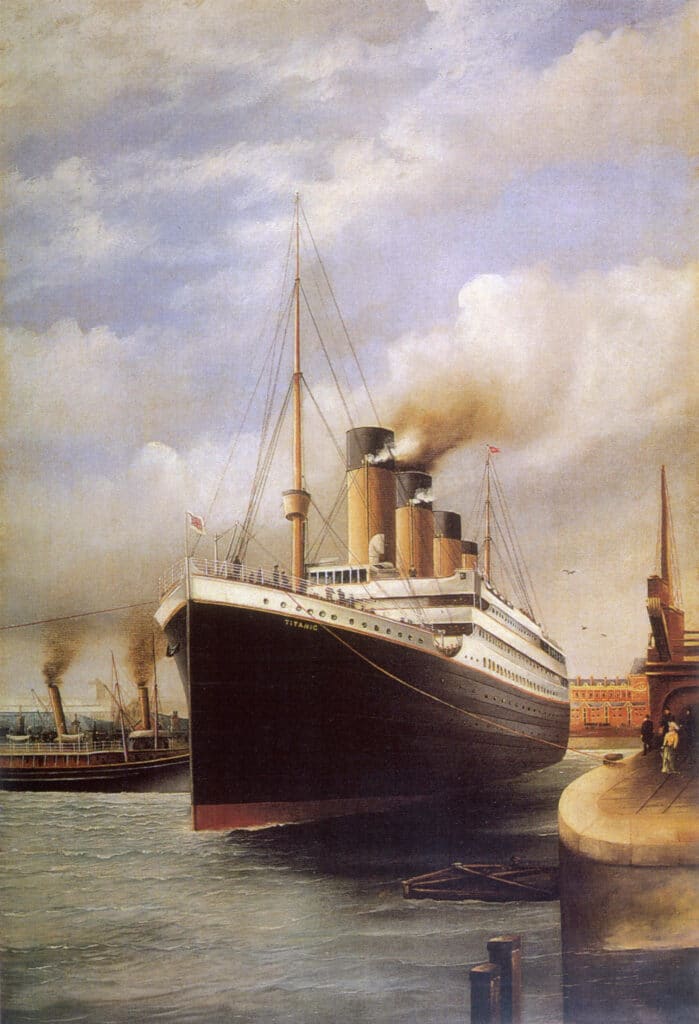
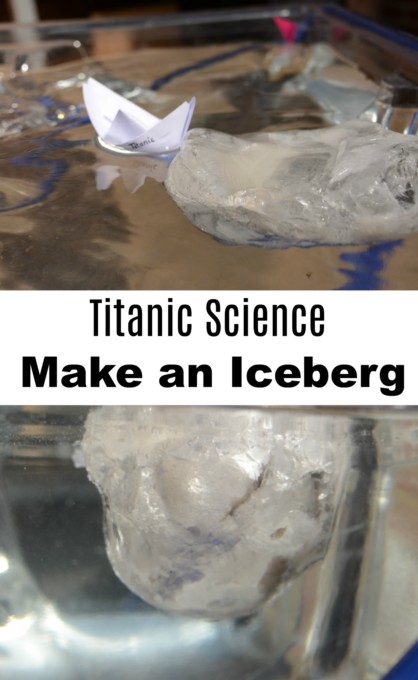
Last Updated on February 8, 2023 by Emma Vanstone
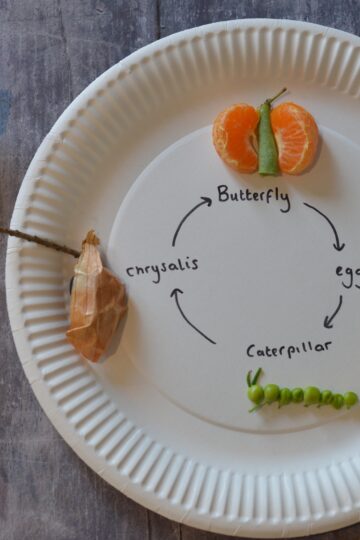
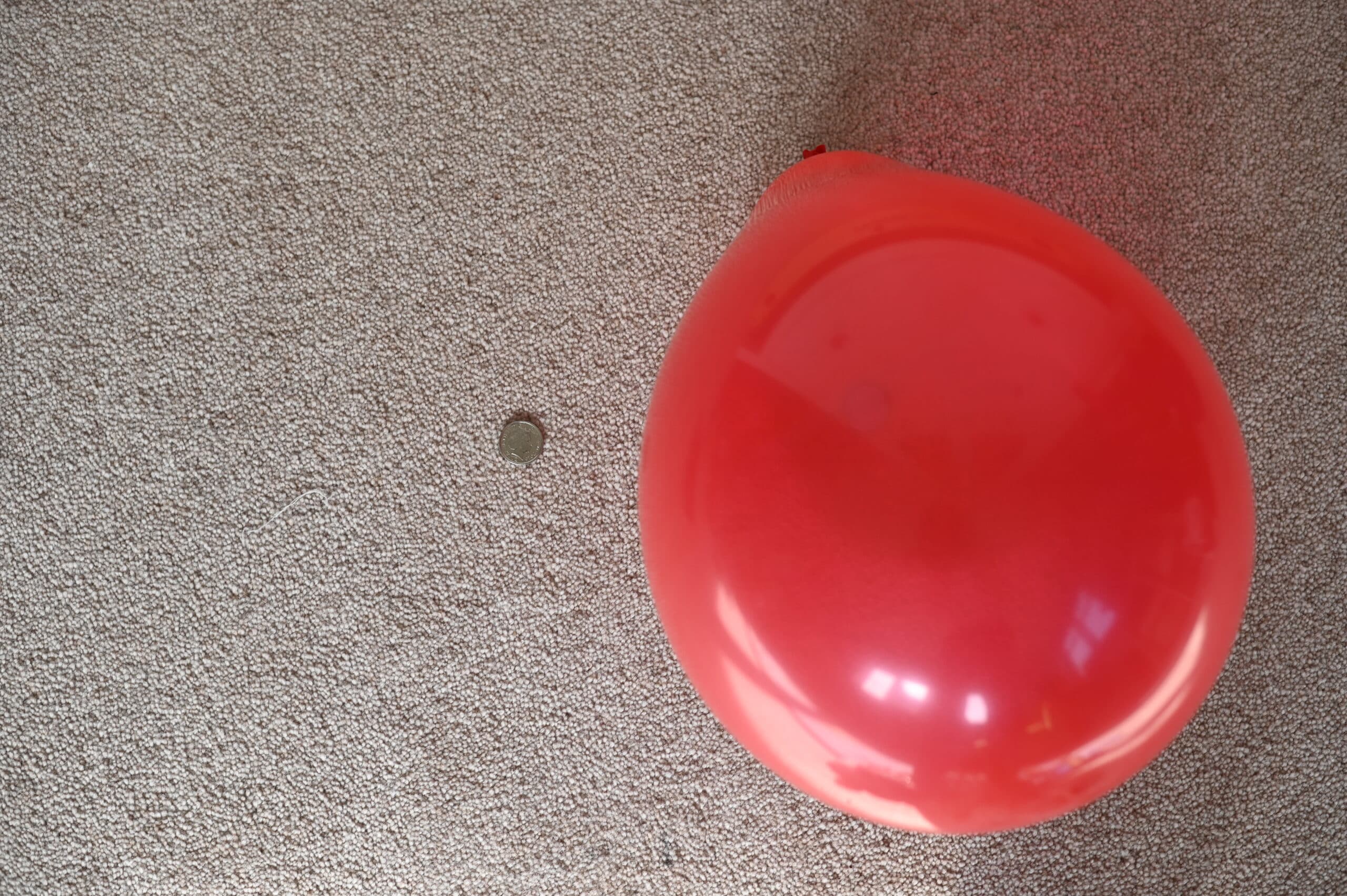
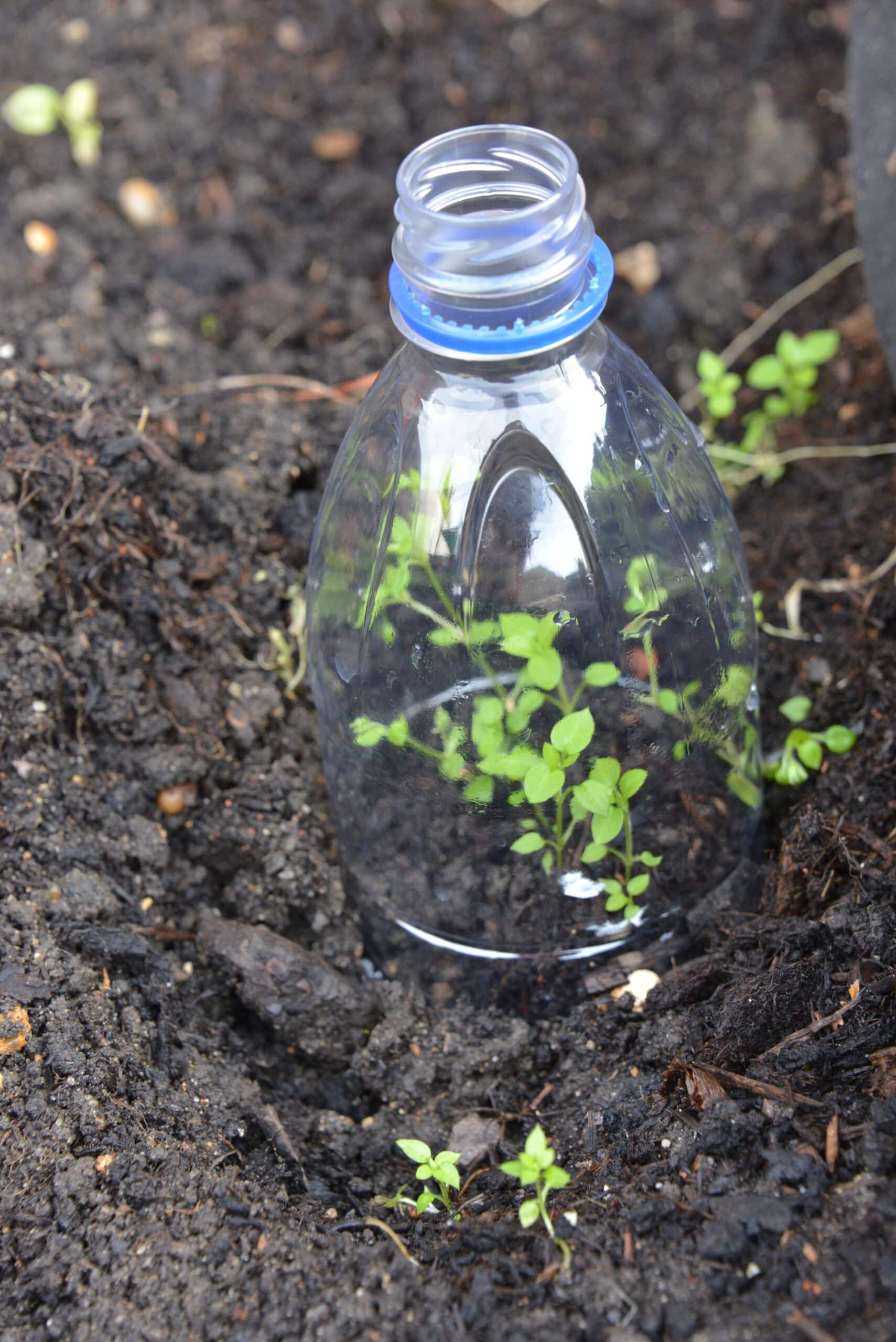
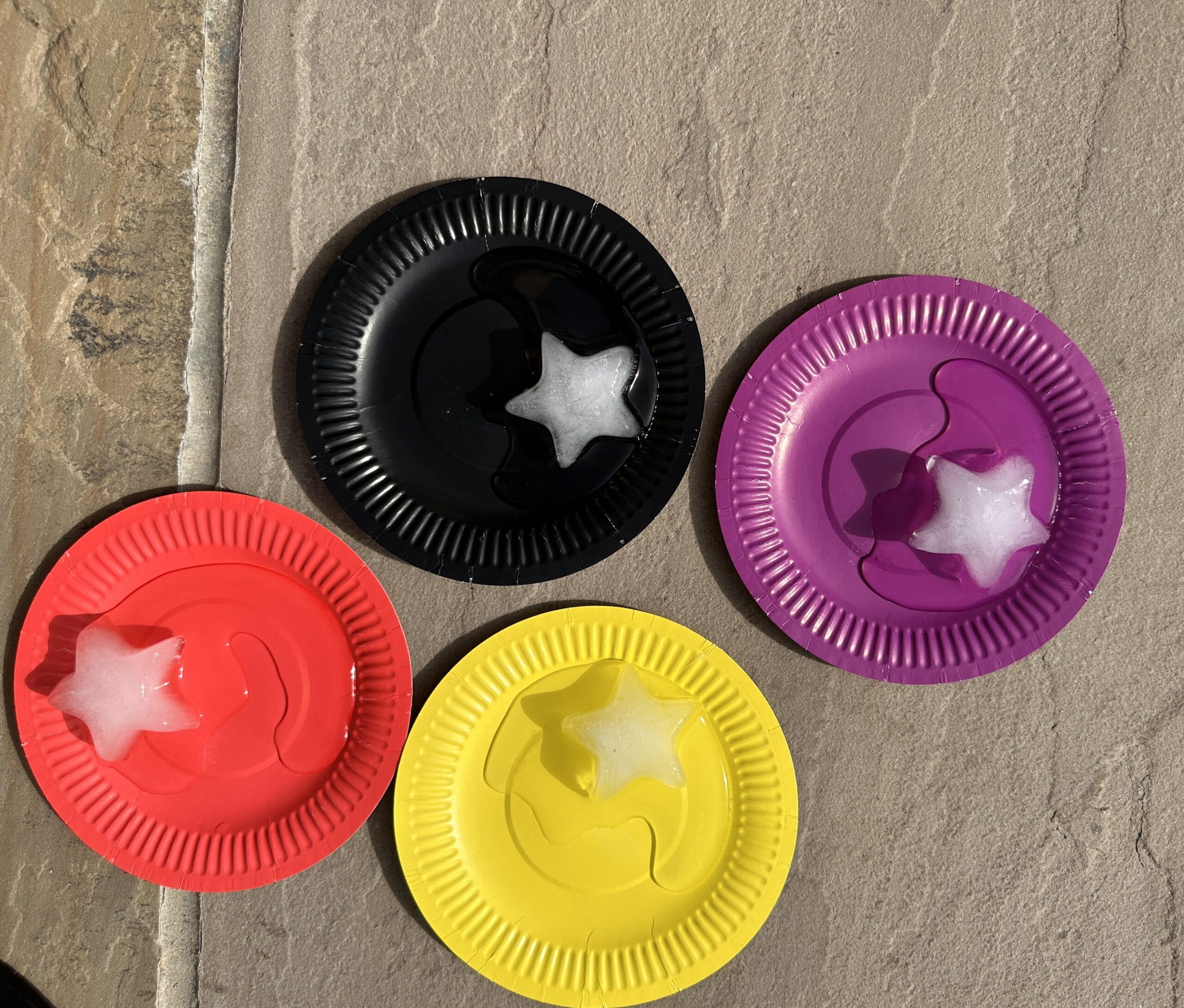
Leave a Reply